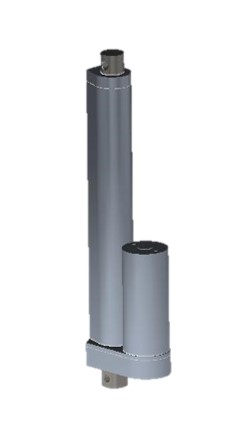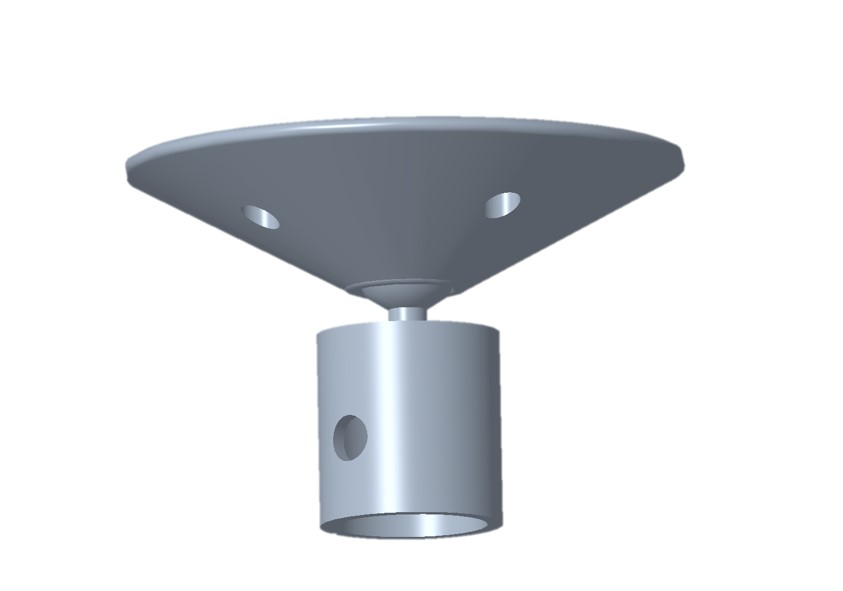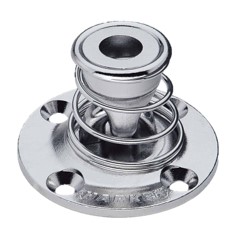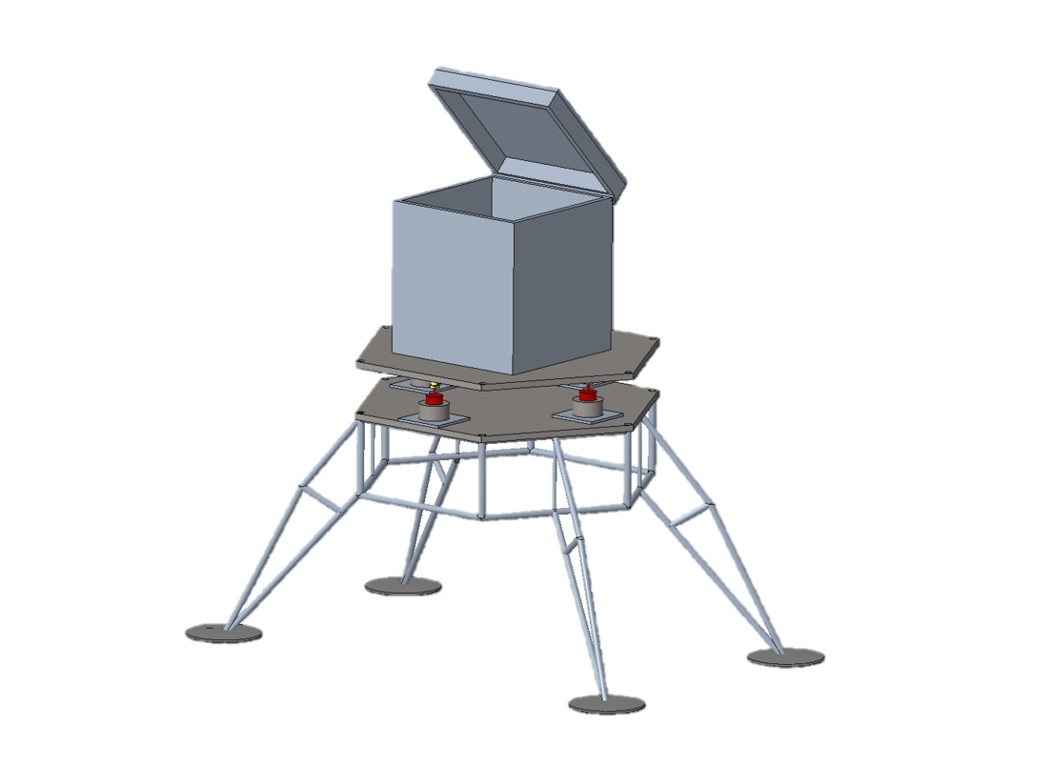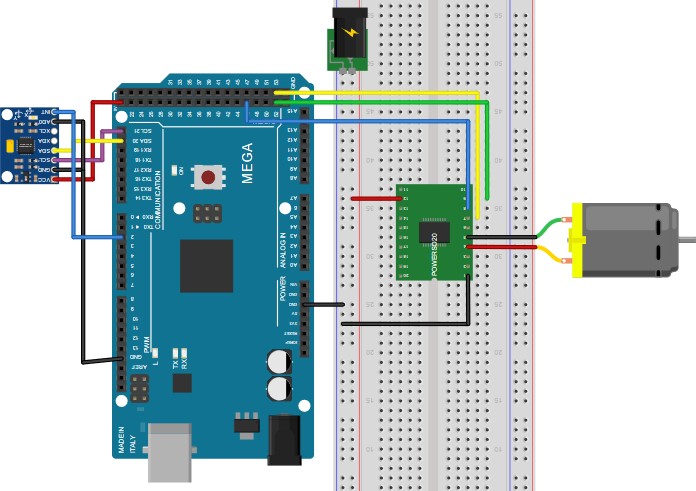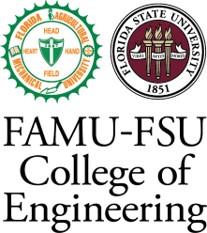
Abstract
Team 516 is working with NASA to create a leveling platform for the new Artemis missions. On these new missions, NASA plans on returning to the Moon with a human lander in search of water deposits. NASA plans to land near the Moon’s south pole where they know the ground is uneven. This creates an uneven working environment inside the lander which is unsafe for the astronauts onboard. This project focuses on the design of a self-leveling platform that can level the lander capsule with the astronauts inside. The goals for the project include a design that is lightweight, reusable, and levels in less than one hour.
The design separates the lander’s capsule and legs. This location blocks dust and harsh temperatures. The design takes in the angular readings from the onboard sensor. With these readings, electronically controlled rods level the lander cabin. These rods will perform a series of movements to adjust the lander cabin position from inside the leg base. The software for the design allows the rods to move quickly and accurately by using a two-axis plane. This plane exists from the union of two opposing rods. These rods will move in pairs until they reach a level state. The project relies on both the hardware and software equally. The leveling section is independent from a specific lander design. This gives the design a wide variety of lander setups. The simplicity of this design allows for easy maintenance and a low mission impact. The design fits two key goals of being both reusable and lightweight. Another key goal for the project is a quick leveling speed, which this design achieves. Overall, the self-leveling module orients the lander cabin within the design constraints and ensures the cabin interior is suitable for the astronauts.Level Time
The design is to be able to level the full-sized lander within one hour of landing.
Level Angle
The design has a maximum leveling slope of 12 degrees.
Load
The design is to support the expected load of the Artemis mission lander, assumed to be 14-16 metric tons.
Reusability
The design is to be easily calibrated and reusable for 10 years or 10 missions.
Stakeholders
Sponsor & Advisor

Rachel McCauley
Project Sponsor, NASA Marshall Space Flight Center
Dr. Dorr Campbell
Project Advisor, FAMU-FSU College of EngineeringPhotos
Our Progress
Future Work
Detailed below is the work that would be done if the development of this project was to continue further.
Further code optimization to increase leveling time and accuracy. Ideally, a way for the system to better relate its sloped position to the nearest actuator.
More research into dry lubrication and thermal shiedling to protect the system from the harsh space enviornment. Early thoughts into this are thermal sleeves for the acuators.
Develop a second stage prototype more sophisticated than the first and explore the use of more advanced parts.
Finalize plans for real system to be integrated into lander. Create systems that work together more efficiently to save weight and energy for real application.
Team
Our Team

Jake Seaman
Project Manager & Systems Engineer
Stephen Brown
Materials Engineer
Parker Stensrud
Controls Engineer
Dalton LeClair
Test Engineer
